The maritime industry is a vital component of the global economy, with the shipping of goods and commodities being an essential part of international trade.
One of the critical components of this industry is dredging, which involves the removal of sediments and other debris from the seabed to maintain safe navigation for ships. Dredging hose plays a critical role in this process, and their importance cannot be overstated.
In this article, we will explore the significance of dredging hoses in the maritime industry and how they contribute to the success of this sector.
What Is Dredging Hose?
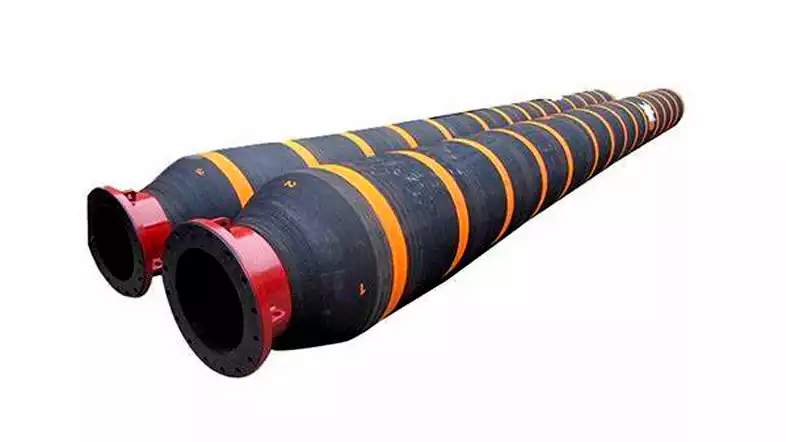
A dredging hose is a type of hose that is used in the dredging process. It is a flexible tube that is made from high-quality materials such as rubber, polyurethane, or PVC. These materials are chosen for their durability, flexibility, and resistance to abrasion, corrosion, and other environmental factors. Dredging hoses come in various sizes and lengths, depending on the specific application and the depth of the dredging operation.
What Is Dredging Hose Made of?
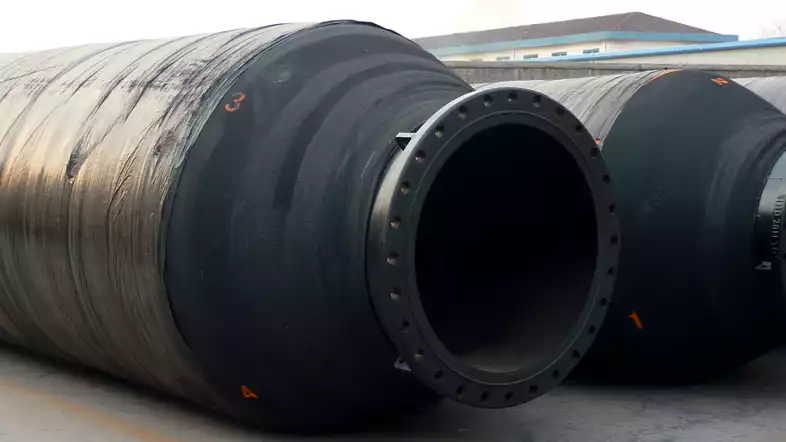
Dredging hoses are typically made of a combination of materials that provide durability, flexibility, and resistance to abrasion, chemicals, and other harsh conditions. The most common materials used in the construction of dredging hoses include synthetic rubber, reinforced with high-strength synthetic fibers or steel wire.
Some dredging hoses may also have a layer of foam or other material to improve buoyancy and prevent sinking. The specific materials used in a dredging hose can vary depending on the application and the environmental conditions in which it will be used.
The Importance of Dredging Hose in the Maritime Industry
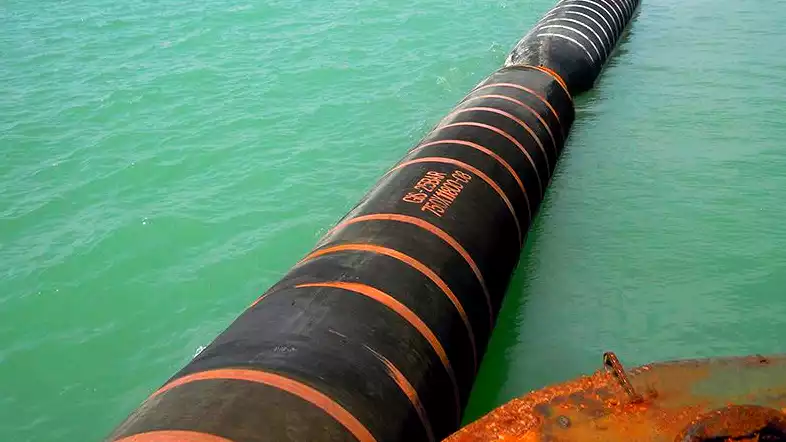
The use of dredging hoses is essential in the maritime industry for several reasons:
1. Safe Navigation
One of the primary reasons for dredging is to ensure safe navigation for ships. Dredging hoses are used to remove sediments and other debris from the seabed, which can impede the movement of ships. By keeping shipping channels clear, dredging hoses help prevent accidents, collisions, and other maritime incidents that could result in loss of life, property damage, or environmental harm.
2. Environmental Protection
Dredging hoses also play a crucial role in protecting the environment. Sediments and other debris can have a negative impact on marine life, ecosystems, and water quality. By removing these materials, dredging hoses help mitigate the environmental impact of maritime activities.
3. Efficient Operations
Dredging hoses allow for efficient and effective dredging operations. The flexibility of the hoses allows for maneuverability in tight spaces, and their durability ensures they can withstand the harsh marine environment. This efficiency means that dredging operations can be completed quickly, reducing downtime and increasing productivity.
4. Cost Savings
Using dredging hoses can also lead to cost savings for the maritime industry. By allowing for efficient and effective dredging operations, companies can reduce the amount of time and resources needed for these activities. This reduction in costs can lead to increased profitability for companies and lower prices for consumers.
Why Is Dredging Important for the Maritime Industry?
Dredging plays a crucial role in the maritime industry by ensuring safe and efficient navigation of ships and vessels. Over time, sedimentation and natural processes such as erosion can cause waterways, ports, and harbors to become shallower, limiting the size and draft of ships that can safely navigate them.
Dredging involves the removal of sediment, silt, and debris from the bottom of waterways, allowing for deeper channels and berths. This enables larger ships to enter ports and harbors, increasing their capacity and promoting trade and commerce. Additionally, dredging helps to maintain the structural integrity of infrastructure such as quays, jetties, and breakwaters, protecting them from damage due to sedimentation and erosion.
Dredging is also important for the environment, as it helps to maintain the natural flow of waterways, restore habitats, and prevent flooding. Overall, dredging is a critical activity that supports the safety, efficiency, and sustainability of the maritime industry.
Types of Dredging Hose
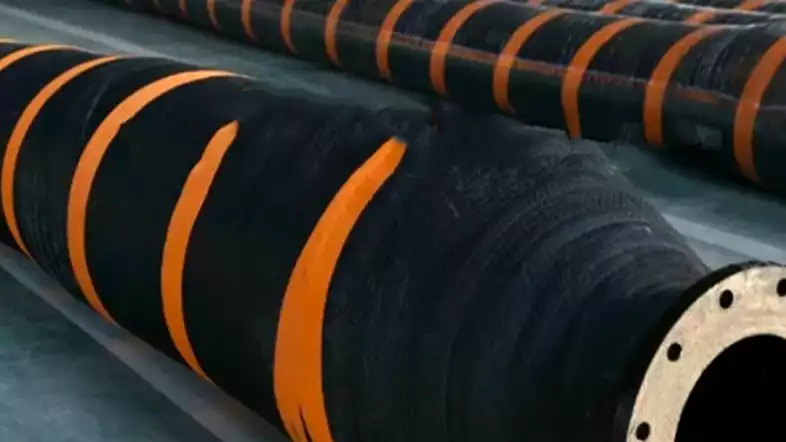
Dredging hoses are available in a variety of types, each with specific features and applications. Some of the most common types of dredging hoses are:
Suction Dredging Hose
Suction dredging hoses are used to transport sediment-laden water from the dredging site to the dredger. They are designed to withstand high suction forces and are available in different sizes and lengths. Suction dredging hoses are typically made of rubber or PVC material and can be reinforced with steel wire to increase their strength.
Discharge Dredging Hose
Discharge dredging hoses are used to transport the dredged material from the dredger to the disposal site. They are designed to withstand high pressure and are available in different sizes and lengths. Discharge dredging hoses are typically made of rubber or PVC material and can be reinforced with steel wire to increase their strength.
Floating Dredging Hose
Floating dredging hoses are used to transport sediment-laden water from the dredging site to the disposal area. They are designed to float on water and can be equipped with flotation devices to increase their buoyancy. Floating dredging hoses are typically made of rubber or PVC material and can be reinforced with steel wire to increase their strength.
Armored Dredging Hose
Armored dredging hoses are designed to withstand harsh environmental conditions, such as sharp rocks and debris, that can cause abrasion and puncture damage. They are typically made of reinforced rubber or PVC material and can be equipped with a steel wire helix for added strength.
Corrugated Dredging Hose
Corrugated dredging hoses are designed to be flexible and easy to maneuver in tight spaces. They are typically made of rubber or PVC material and can be reinforced with steel wire to increase their strength. Corrugated dredging hoses are ideal for use in shallow waters and tight spaces.
Wear-Resistant Dredging Hose
Wear-resistant dredging hoses are designed to withstand abrasive materials, such as sand and gravel, that can cause rapid wear and tear. They are typically made of reinforced rubber material and can be equipped with a steel wire helix for added.
Self-Floating Dredging Hose
Self-floating dredging hoses are designed to float on water without the need for additional flotation devices. They are typically made of reinforced rubber material and can be equipped with a steel wire helix for added strength. Self-floating dredging hoses are ideal for use in deep waters where buoyancy is crucial.
Heat-Resistant Dredging Hose
Heat-resistant dredging hoses are designed to withstand high-temperature materials, such as hot tar and asphalt, that can cause a rapid deterioration in standard hoses. They are typically made of reinforced rubber material and can be equipped with a steel wire helix for added strength. Heat-resistant dredging hoses are ideal for use in road construction and maintenance projects.
Factors to Consider When Choosing a Dredging Hose
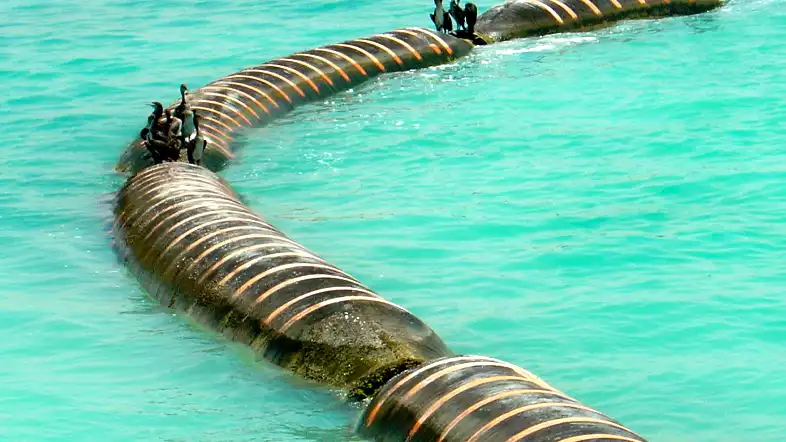
Choosing the right dredging hose for your application requires careful consideration of several factors, including:
Operating Pressure
The operating pressure of the dredging hose must be compatible with the pressure requirements of your dredging system. Choosing a hose with an inadequate pressure rating can result in system failure and downtime.
Size and Length
The size and length of the dredging hose must be compatible with the flow rate and distance requirements of your dredging system. Choosing a hose that is too small or too short can result in system inefficiencies and increased operating costs.
Material
The material of the dredging hose must be compatible with the type of materials being transported and the environmental conditions of your dredging site. Choosing the wrong material can result in hose failure and increased maintenance costs.
End Fittings
The end fittings of the dredging hose must be compatible with your dredging system and be able to withstand the operating pressure and environmental conditions of your dredging site. The Complete Guide About Hydraulic Hose Fittings
Environmental Conditions
The environmental conditions of your dredging site, such as water temperature, salinity, and pH level, must be taken into consideration when choosing a dredging hose. Choosing a hose that is not compatible with the environmental conditions can result in hose failure and increased maintenance costs.
Applications of Dredging Hoses
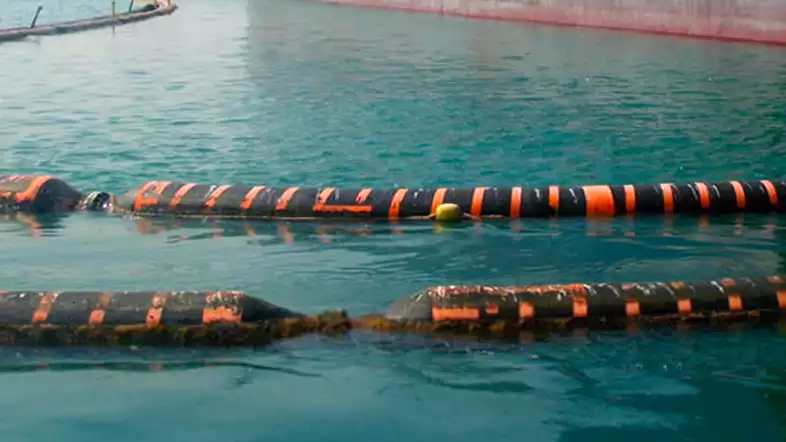
Dredging hoses are used in a variety of industries and applications, including:
Mining
Dredging hoses are used in the mining industry to transport sediments, such as coal, sand, and gravel, from the mining site to the processing plant.
Construction
Dredging hoses are used in the construction industry to transport sediments and debris, such as soil and rock, from the construction site to the disposal area.
Environmental Remediation
Dredging hoses are used in environmental remediation projects to remove contaminants, such as oil and hazardous waste, from water bodies.
Agriculture
Dredging hoses are used in the agricultural industry to transport water and sediments from irrigation canals and drainage ditches.
Oil and Gas
Dredging hoses are used in the oil and gas industry to transport sediments and drilling fluids from the drilling site to the disposal area.
Marine
Dredging hoses are used in the marine industry for various applications, including beach nourishment, port and harbor maintenance, and underwater pipeline installation.
Maintenance of Dredging Hose
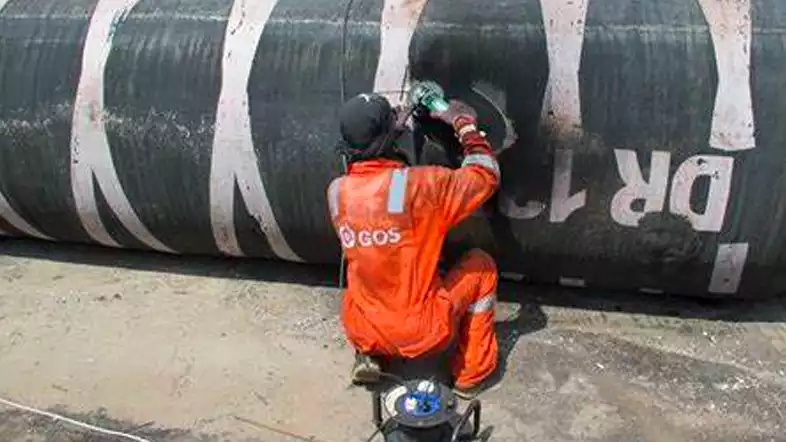
To ensure the longevity and effectiveness of dredging hoses, proper maintenance is essential. Here are some tips for maintaining dredging hoses:
- Regular inspection for signs of wear and tear
- Cleaning of the
- Cleaning of the hoses after each use to remove debris and prevent buildup
- Proper storage to prevent damage and degradation from exposure to sunlight and other environmental factors
- Regular testing and certification to ensure compliance with industry standards and regulations
By following these maintenance tips, companies can extend the lifespan of their dredging hoses and ensure they are operating at peak performance.
Conclusion
Dredging hoses are an essential component of the maritime industry, playing a critical role in safe navigation, environmental protection, efficient operations, and cost savings.
Understanding their importance and proper maintenance can help companies in this sector to achieve success and contribute to the global economy.


